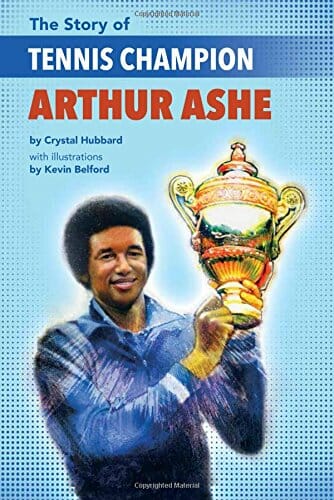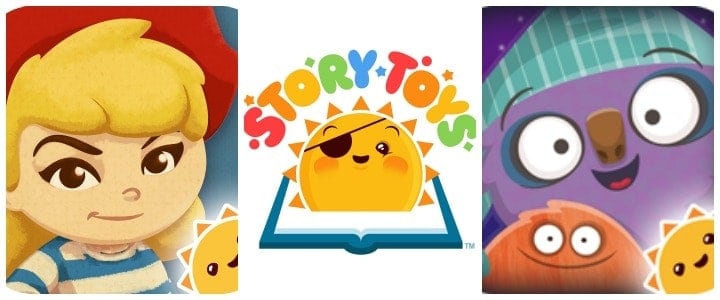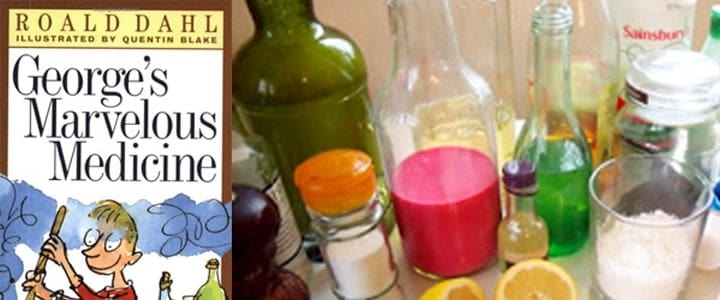Outstanding Beginning Nonfiction Biographies for Ages 7 – 10
This post may contain affiliate links.
I want to highlight two excellent nonfiction biography series for beginning readers, ages 7 to 10, one called Little Guides to Great Lives and the other called The Story Of.
Having taught this age group, I always struggled to find interesting nonfiction text for my students to read. Because, as you know, kids need to read both fiction and nonfiction (also called expository.) When I’d test a child’s comprehension, most often a child’s narrative fiction comprehension was a year above their expository nonfiction comprehension. Meaning, they were not as familiar with reading and understanding this kind of information-dense content.
That’s why I’m thrilled with the publications of both these book series. Buy them for your classrooms. Read them at home. Let’s get our kids reading more nonfiction, shall we!?
Outstanding Nonfiction Biographies for Ages 7 – 10
The Story Of
Book Series Alert — I’m LOVING this new beginning nonfiction chapter book series from Lee and Low Books called “The Story Of”! All the books are engaging from start to finish. The books are very well-written, all like a narrative story with dialogue, description, character development, and a sequential plot with dramatic moments. Additionally, these books include:
- interesting, diverse people from history
- illustrations, photos, and diagrams (eg. a diagram for a car motor)
- diversity
- informational sidebars (eg. scoring in tennis)
- bolded vocabulary words in the text with a glossary in the back
- a bibliography and timeline in the back
- other books for more reading

The Story of Car Engineer Soichiro Honda by Mark Weston, illustrated by Katie Yamasaki
I wonder what your kids will think about Honda’s life? He begins in a garage as a sweeper, then trains as a car mechanic. His post-war invention of low-cost motorcycles puts his company, Honda Motor Company, on the map. The author weaves in the historical context throughout his story which is important to consider and affect Honda’s life.

The Story of Tennis Champion Arthur Ashe by Crystal Hubbard, illustrated by Kevin Belford
Adults might know Ashe as a famous tennis player who died from AIDS-related complications after a blood transfusion. I was fascinated to learn more about this quiet, kind man who worked hard not just in tennis but for equal rights and research funding for HIV/AIDS.

The Story of World War II Hero Irena Sendler by Marcia Vaughan, illustrated by Ron Mazellan
Sendler’s story truly shows how much one person can make a difference. During WWII, she rescued Jewish children from the Ghetto, changed their names, and found them new families, so they’d escape sickness, starvation, and death. She saved almost 2,500 children!
Little Guides to Great Lives
As you know, I LOVE this series from Laurence King. These two latest titles add even more depth to the beautiful beginning nonfiction book biographies that started with Nelson Mandela and Amelia Earhart earlier this year. Each book’s illustrations are distinct in three tones, creating a cohesive look and style for each person’s story.
Not only do the illustrations pop, but it’s incredible to note how the famous person’s personality shines through their biographies because of the facts and dialogue Isabel Tomas chooses for each person’s bio.
I’m very particular on recommending beginning books… here’s why I really like and recommend this series:
- just-right text to picture ratio
- colorful text, captivating illustrations (see my photos on IG)
- fascinating content
- the writing flows and is entertaining as well as illuminating
- timeline and glossary in the back

Marie Curie by Isabel Tomas
“The story of Marie’s life is like a fairy tale — with happy and sad times, struggles, and triumphs. Watch out for a metal called radium that is both the hero and the villain.” Doesn’t this make you want to keep reading? What an exciting introduction! (Mentor text, anyone?) Marie, a girl who loved to learn, married another scientist named Pierre Curie. Their work led to Marie inventing the word “radioactive” to describe polonium and the new element she and her husband discovered, radium. Winning the Nobel Prize for Physics, they continued their work, having no idea how dangerous radium was. “Marie Curie had all the ingredients of a great scientist: curiosity… creativity… grit.”

Leonardo Da Vinci by Isabel Thomas
In this biography, readers will notice that from childhood into adulthood, Leonardo Da Vinci had a curious mind, a talent for creative endeavors, and the ability to innovate new ideas. Plus, this book highlights Da Vinci’s many accomplishments — of which may are quite historically significant in the fields of engineering, architecture, town planning, painting and sculpture, entertaining, and town planning. His notebooks reflect his insatiable curiosity for topics in both the science and arts. “He will always be remembered as the world’s most curious person.”
Which of these nonfiction biographies series appeals most to you?
Both books are on my Best 2018 Nonfiction Children’s Books list!

KEEP READING






